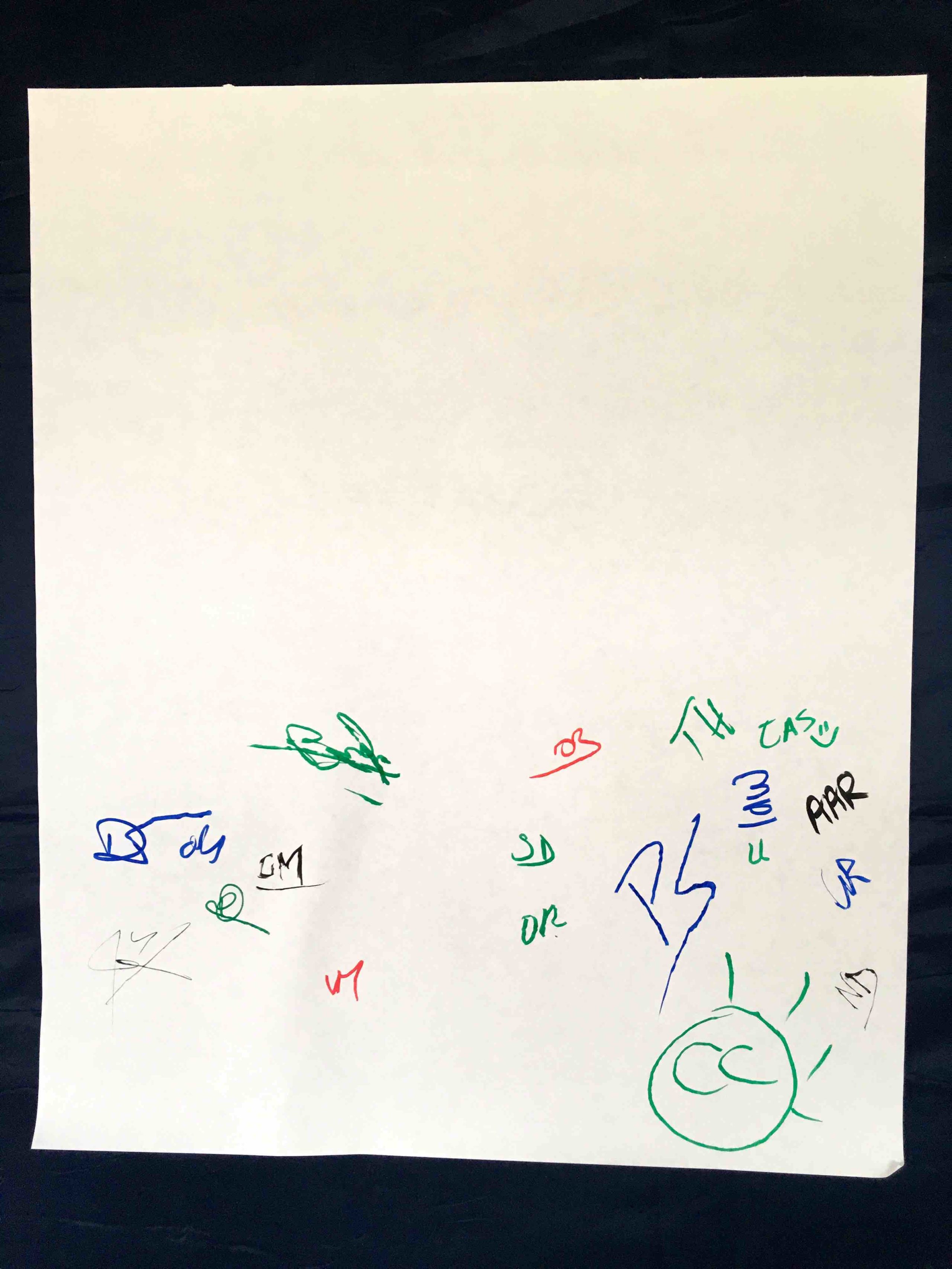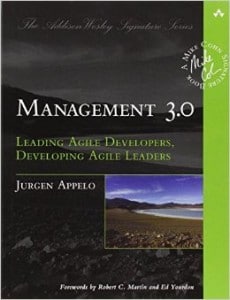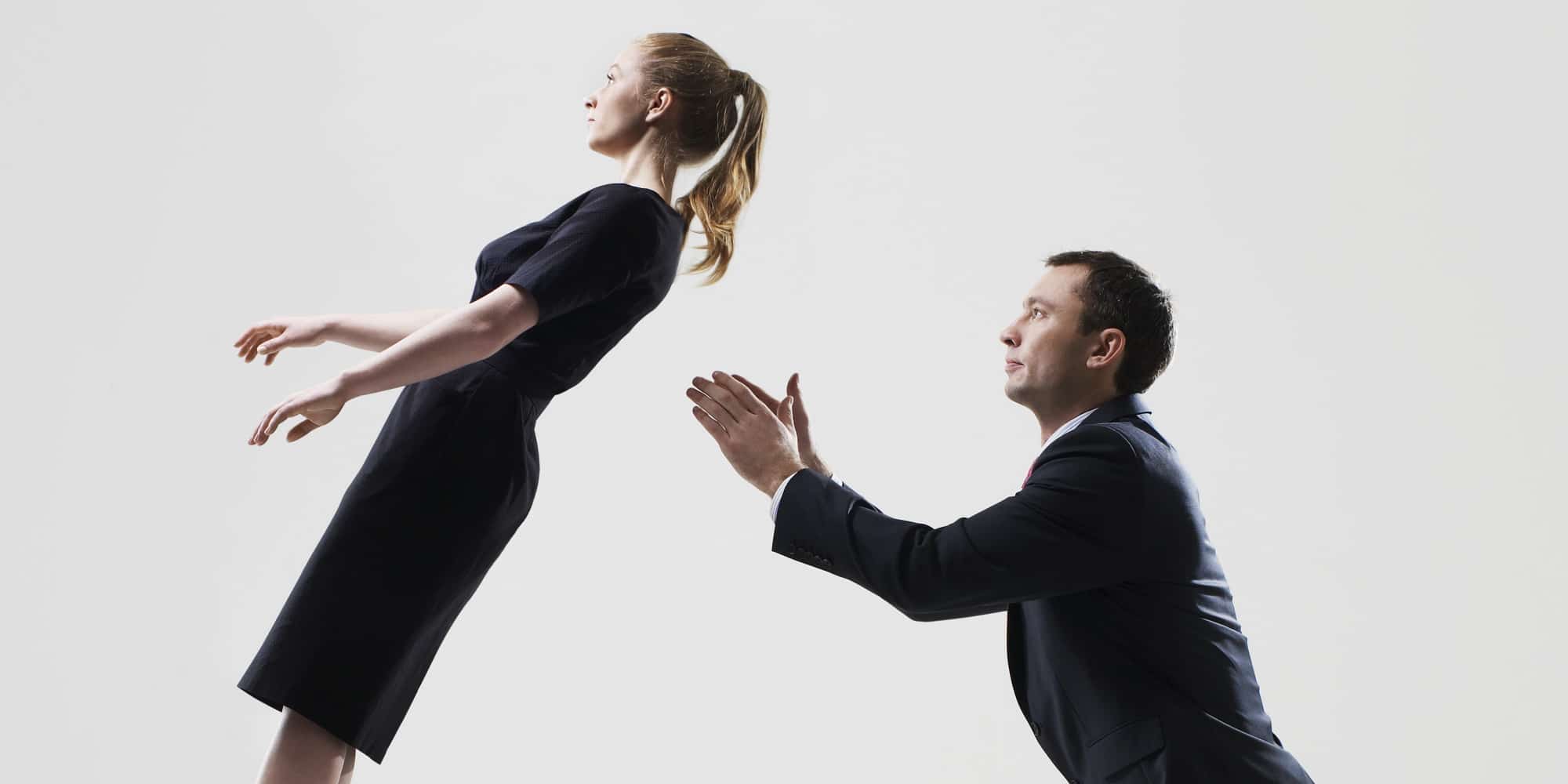
Lorsque j’anime des ateliers de team building sur les valeurs d’équipes, il en ressort souvent la notion de confiance. Cependant, même si cela apparaît comme évident pour tout le monde la plupart du temps, j’ai décidé de tenter une petite expérience avec une équipe que j’accompagne actuellement pour aller un petit peu plus loin.
Dans le cadre de notre montée en compétences au sein de Goood!, nous avons eu le plaisir d’être accompagné par Jacques-Antoine Malarewicz, spécialiste de l’approche systémique et auteur de quelques livres autour de ce même sujet. Au détour d’une de nos sessions, il nous raconta une de ses aventures en entreprise dans laquelle il aida un comité exécutif à gagner en cohésion. C’est de cette histoire dont je me suis inspiré pour tenter mon expérience.
Voici ce qu’il s’est passé ! 😉
L’expérience
A la suite d’un atelier sur les valeurs d’équipes dans lequel a émergé la notion de confiance, j’ai simplement demandé aux participants, tout en me déplaçant pour éviter de presser quiconque du regard et en affichant une feuille de paperboard vierge sur le mur:
Est-ce que vous avez confiance en moi ?
Légèrement étonnés (voire un peu soucieux) et peut-être ayant l’impression de ne pas avoir vraiment le choix, quelques hochements de tête et quelques « oui » prudents se manifestèrent.
Je demanda alors, en montrant la feuille de paperboard vierge :
Si vous avez confiance en moi, signez en bas de cette feuille.
Naturellement, des réactions survinrent du type :
Mais qu’est ce que l’on signe ?
Qu’est ce que tu vas en faire ?
Un certain malaise était palpable dans le groupe et je vous avoue que je n’en étais pas non plus exempté : j’étais seul en face d’une vingtaine de personnes après tout ! 😛
Cependant, jouant le jeu jusqu’au bout en alimentant cette ambiance lourde, je répondais simplement :
Je ne sais pas encore. Vous n’êtes bien sûr obligés à rien.
Maintenant si vous avez confiance en moi, signez en bas de cette feuille.
L’acte de signer est souvent associé à un engagement, ce qui fait que l’on a tendance à bien réfléchir à ce que l’on risque en le faisant. C’est pourquoi il était important pour moi d’appuyer le caractère non obligatoire pour rendre l’action la plus authentique et responsable possible. J’entends par responsabilité le fait d’agir en son âme et conscience en assumant les éventuelles conséquences.
Après une ou deux longues minutes (et oui tout paraît long dans cette ambiance !), une personne s’est finalement décidée à signer en exprimant ouvertement le fait qu’elle avait confiance. Puis une autre lui emboita le pas, puis une autre… jusqu’à ce que près de l’ensemble du groupe finisse par signer.
Voici ce à quoi la feuille de Paperboard ressemblait à ce moment là :

J’ai alors demandé :
Est-ce que tout le monde a signé ?
Nous nous sommes alors rendus compte que l’ensemble du groupe sauf une personne avait signé. J’ai remercié cette personne pour sa franchise et lui ai marqué le fait que je respectais tout à fait sa décision.
On pouvait déjà sentir que l’air devenait bien plus respirable et certains sourires revenaient comme si une épreuve venait de s’être terminée ! 😛
Le débriefing
J’ai alors enchainé avec la question suivante :
Qu’est-ce qui vous a fait signer ? 🙂
Les signataires ont exprimé le fait qu’ils m’avaient eu en formation toute une journée, puis toute la matinée (cette expérience avait lieu l’après-midi) et que le comportement que j’avais pu exposer jusqu’ici leur donnait confiance. Ceci me permis d’introduire quelques unes des notions sur la confiance.
La confiance par Jurgen Appelo (Management 3.0)

Ce dernier exprime que pour gagner la confiance des autres, il faut :
- Dire ce que l’on fait et faire ce que l’on dit
- Être prédictiblement plaisant (plaisamment prédictible devrait fonctionner aussi non ?)
Ainsi, en multipliant les interactions, on peut influencer le niveau de confiance que l’on a avec les autres, positivement ou négativement d’ailleurs.
Enfin, il précise que l’on ne peut faire confiance aux autres que si l’on se fait d’abord confiance soi-même et que l’on ne devrait changer d’avis que lorsque de nouvelles informations nous ont convaincu et non pas sous pression.
Dans ce sens, il fut intéressant de remarquer que la seule personne n’ayant pas signé fut une personne que je n’avais pas eu en formation et qui n’était arrivée qu’en fin de matinée : elle n’avait donc pas eu le temps de me « jauger » si je puis dire. Après avoir émis cette observation, sa justification était plutôt de dire qu’elle ne s’engageait jamais sur quelque chose si elle ne savait pas pourquoi (option réelle quand tu nous tiens!); chose intéressante car je suis persuadé que c’est généralement le cas pour les autres également, mais ils l’ont tout de même fait cette fois-ci ! Comment cela se fait-il ? 🙂
J’ai d’ailleurs eu quelques personnes après coup m’expliquant qu’elles s’étaient mises d’accord sur le fait que si telle personne signait, alors elles signeraient aussi. Sinon elles ne l’auraient pas fait. Point intéressant lorsqu’on le prend sous un autre angle : si l’on vous avait demandé de vous jeter d’un pont, vous auriez été capable de le faire si telle ou telle personne l’avait fait ?
Le fond reste finalement le même, le fait de s’engager reste une décision personnelle et responsable (car non obligatoire), peu importe les raisons qui nous ont amenés à la prendre.
La confiance : un acte de foi

Je repris alors l’exemple de l’atelier Zoom auquel les participants ont pu jouer quelques heures plus tôt.
Avez-vous, ne serait-ce qu’une fois, douté de la validité de ce que vous racontait votre interlocuteur ou interlocutrice ?
La réponse était unanimement non ! Pourquoi ? Tout simplement parce-que tout le monde avait pris la décision de croire que chacun ferait de son mieux pour atteindre leur objectif commun.
Même si l’on peut argumenter que les personnes se côtoient suffisamment pour se connaître, je doute qu’elles aient déjà participé à cette activité auparavant !… ce qui d’après l’équation de Kurt Lewin impliquerait donc un éventuel changement de comportement. Ainsi, sans véritable preuve, chacun a fait le choix de croire en la bonne foi de l’autre ce qui a probablement été une des clés de succès de leur réussite. De cette perspective, on pourrait dire que la confiance possède une composante irrationnelle, et pourtant, dans un monde aussi pragmatique que le nôtre, on pourrait facilement multiplier les exemples de ce type.
D’ailleurs, saviez-vous qu’étymologiquement, le terme confiance signifie « foi en quelque chose ou quelqu’un » ? Comme quoi tout est lié ! 😉
Conclusion
Cette expérience palpitante fut pour moi très enrichissante et je pense qu’elle m’a aidé à tisser un lien particulier avec les participants. Est-ce que je le referais ? Je ne sais pas. Il s’avère que j’ai plutôt improvisé cette partie et l’ambiance du groupe m’y a sûrement encouragé. Maintenant, je pense que cela peut être très apprenant pour les participants tant que cela est réalisé pour le groupe dans la légèreté et la bienveillance.
Une question pourrait vous brûler les lèvres : « Et si cela n’avait pas marché ? ».
Je me ferais alors le plaisir de vous partager la réponse de J-A Malarewicz :
Je ne pense pas au cas où cela ne marcherait pas, je fais tout pour que cela marche.






